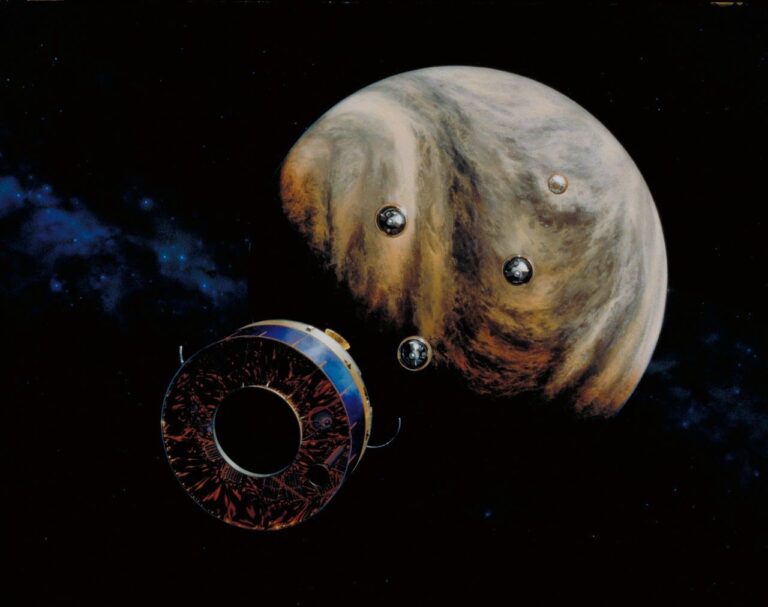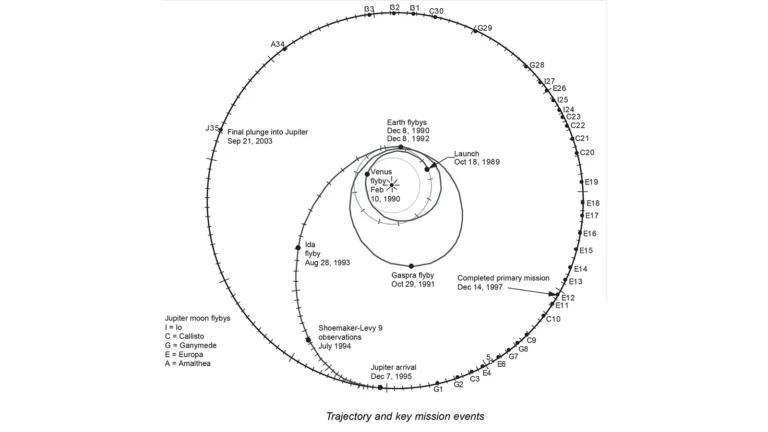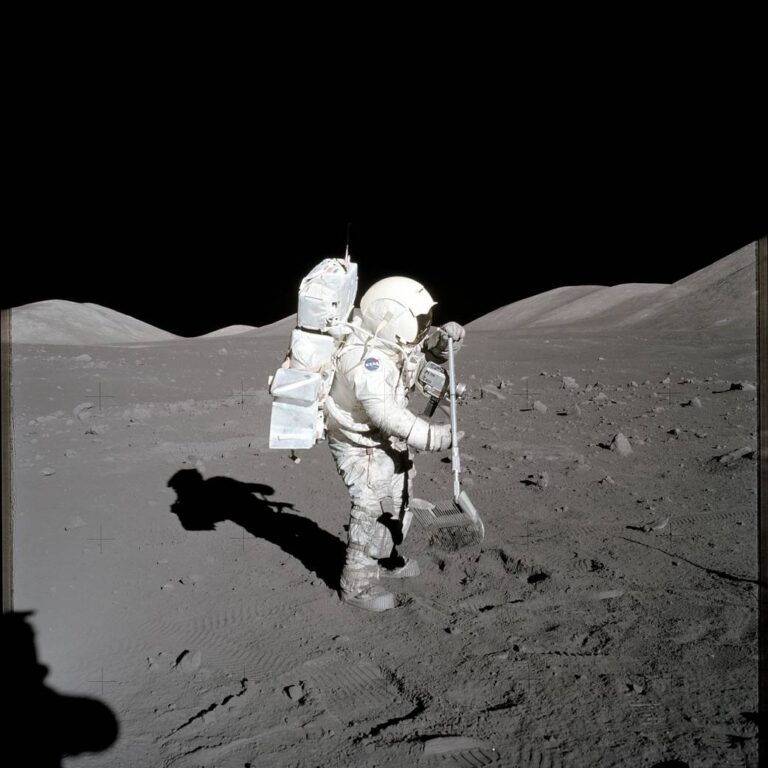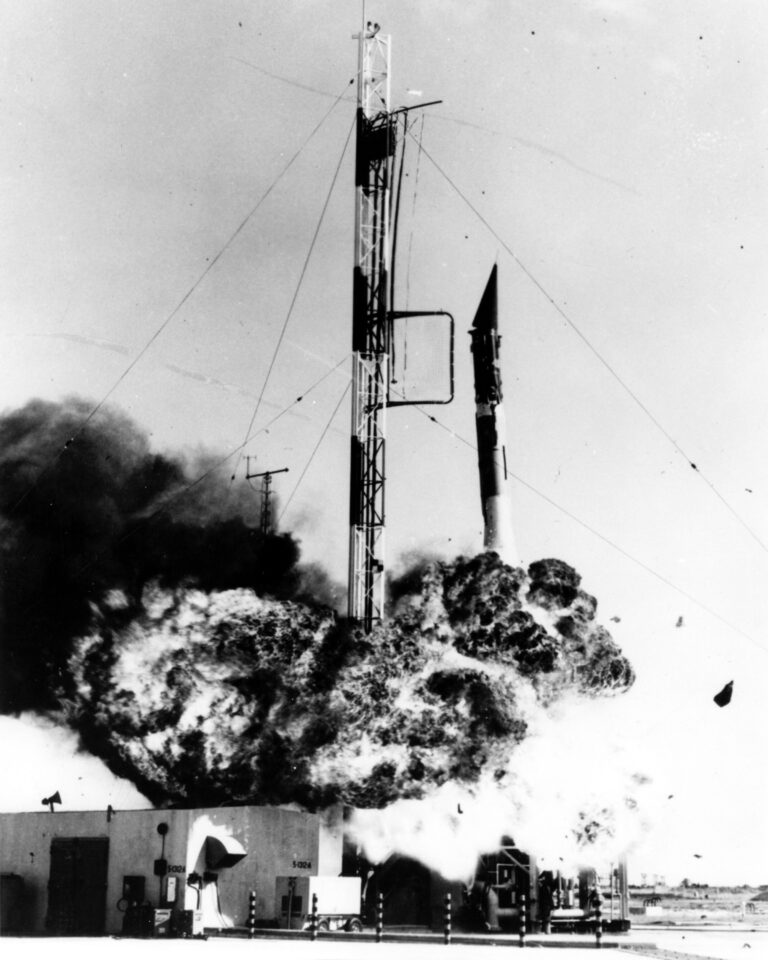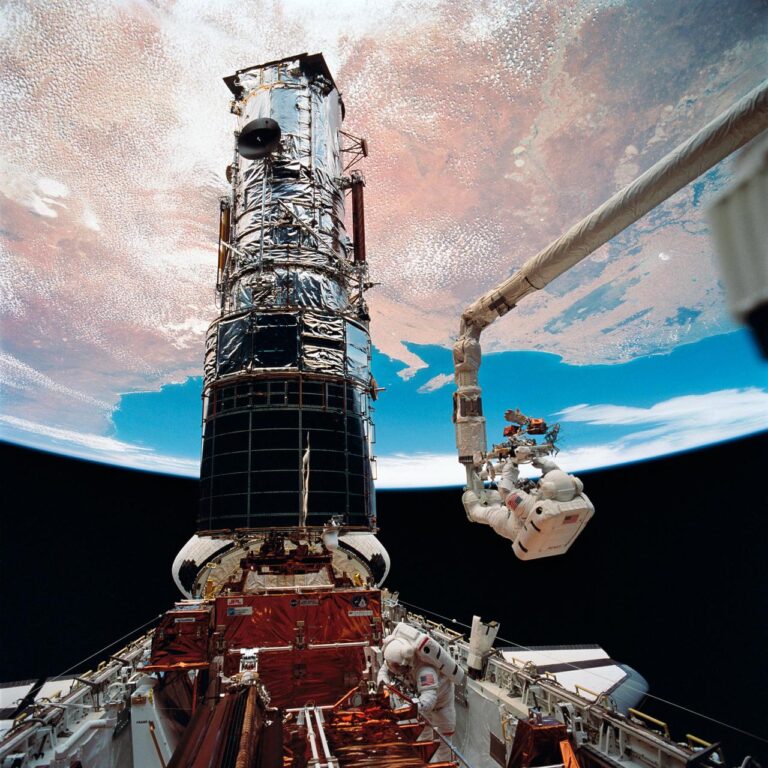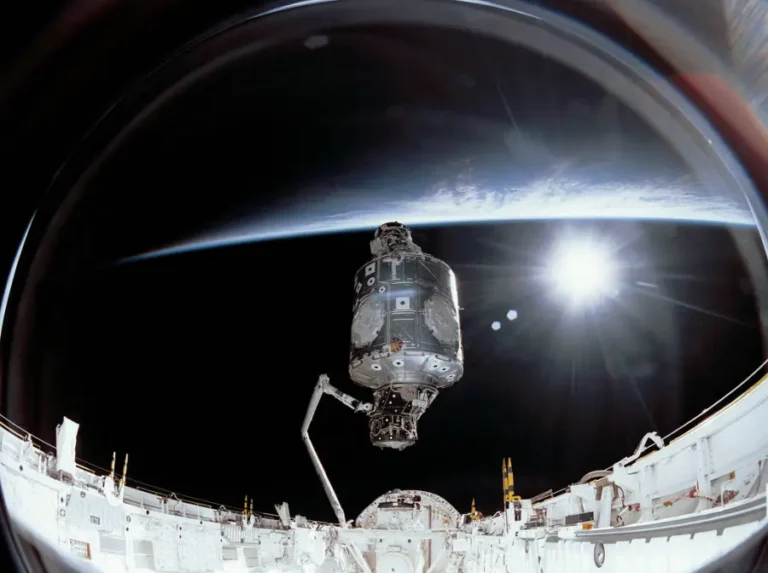Key Takeaways:
M artian winds probably won’t cause serious problems for NASA’s upcoming Phoenix Mars Lander mission, according to Nilton Renno, an atmospheric scientist at the University of Michigan. But the winds could complicate efforts to collect soil and ice at the landing site.
New results from wind tunnel tests suggest winds could blow away some of the laboriously-collected soil and ice, but probably not enough to affect onboard laboratory experiments, said Renno, a member of the Phoenix science team.
“Basically, my conclusion is that if you do the delivery properly and plan it well, you can guarantee that a large fraction of the sample is going to fall inside the instrument intake,” said Renno, an associate professor in the University of Michigan College of Engineering’s Department of Atmospheric, Oceanic and Space Sciences.
Set for launch from Florida as early as August 3, the Phoenix spacecraft will land on the planet’s northern arctic plains, analyzing soil and ice to see if it could support microbial life. An 8-foot robotic arm will scoop up the soil and dump it into onboard science instruments.
With funding from NASA, Renno and his graduate students have been studying the possibility that Martian winds could blow away bits of falling soil and ice as the samples are dropped.
Winds of up to 11 mph are expected much of the time at the Phoenix landing site during the 3-month main mission, which begins with arrival May 25, 2008. Renno calculated that if the soil samples were dropped from a height of 10 centimeters (4 inches) — as called for in the original mission plan — the vast majority of the particles wouldn’t make it into the instrument intakes under windy conditions.
Based in part on Renno’s work, the team decided to move the Phoenix scoop closer to the science-instrument intakes before dropping the soil, he said.
Robert Bonitz, lead engineer on the robotic arm team at NASA’s Jet Propulsion Laboratory in Pasadena, California, said the new plan is to dump the samples from a height of 2 centimeters (0.8 inches). Raymond Arvidson, lead scientist on the robotic arm team, said the goal is to deliver samples to the instruments during calm periods.
“With Nilton’s tests and Bob’s ability to deliver at 2 centimeters, we should be OK,” Arvidson said in an e-mail message. “I am not particularly concerned about wind dispersal of our samples. Just another issue to keep in mind.”
To test his wind-dispersal calculations, Renno and his graduate students completed about a dozen wind-tunnel experiments at his Ann Arbor laboratory in recent weeks. They placed a model of the Phoenix robotic-arm scoop inside the cylindrical, 10-foot-long test chamber.
The scoop contained wood grains of various densities to represent bits of martian dust, soil and ice. The grains were released from a height of 5 centimeters into simulated cross winds ranging from 1 to 10 meters per second (2.25 to 22.5 mph), and their trajectories were photographed with a high-speed camera.
Based on the wind-tunnel results, Renno concluded that only about one-third of the Phoenix samples would make it into the science-instrument intakes when dropped from 5 centimeters with winds of a few meters per second.
But losing two-thirds of a hard-won sample during a $420 million mission isn’t as calamitous as it might sound, Renno said. The Phoenix instruments need about 1 gram per test, and the scoop will deliver several grams during each dump. So even if two-thirds of the sample blows away, there would be enough soil and ice to complete the test, he said.
The recent decision to dump from a height of 2 centimeters, along with the plan to deliver samples during calm weather, should further reduce sample losses.
“We will deliver more volume than needed, in case of lateral transport,” Arvidson said. “And we will deliver in calm conditions, based on examination of the meteorology data we collect.”
Renno leads the Phoenix science team’s atmospheric sciences theme group. His main research goal during the mission is to better understand the water cycle at the landing site. Mars is a frigid desert, and liquid water can’t survive at the surface.
But subsurface ice exists in the Martian arctic. Some scientists suspect that near-surface ice periodically melts, during warmer parts of long-term climate cycles.
Since liquid water is required by all known forms of life, the melted ice could provide a home for hardy, opportunistic microorganisms. The Phoenix spacecraft is not equipped to detect current or past life, but it can determine if the prerequisites for life are present.
“The main goal of the mission is to see if there are conditions that could allow life to evolve on Mars, Renno said. “Understanding the water cycle will help us answer that question.”
Additional tests concerning the dust cloud likely to be kicked up by the Phoenix landing engines have been delayed until September.


